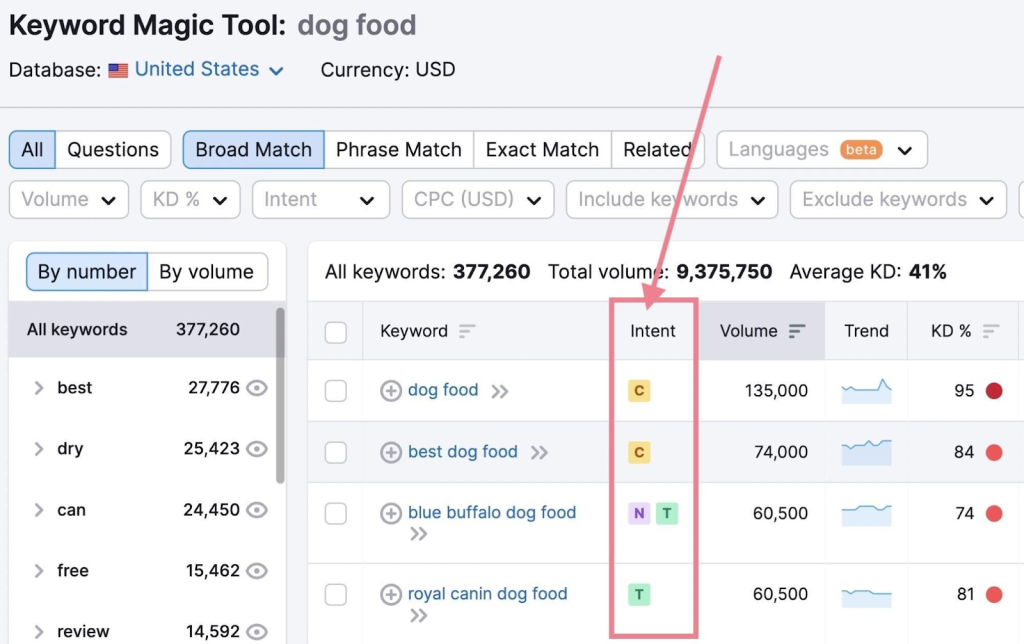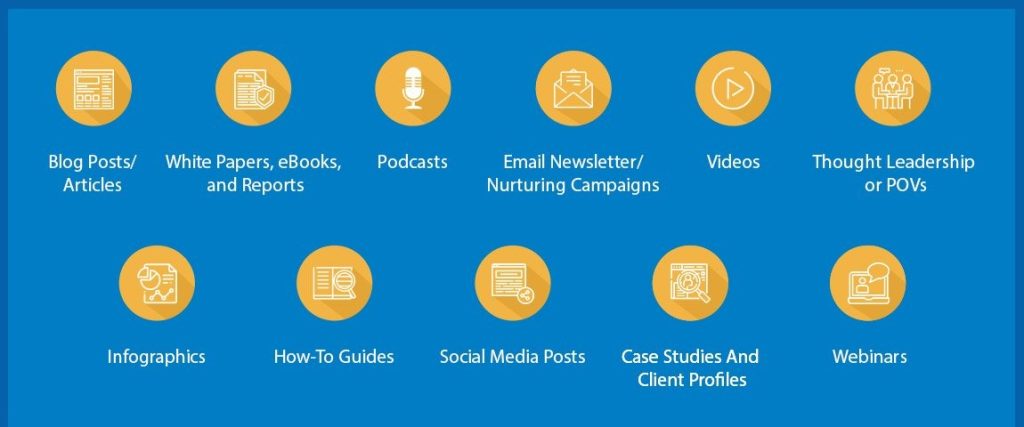
SEO Writing: What is it and how is it done?
Google (and other search engines) are getting smarter by the day. From flagging spam and AI-written content to ranking pages that are structured and have original content, they direct organic traffic to search engine-optimised content. And this is where over 96.55% of web pages do not get any traffic (from Google, at least)! This is where SEO writing steps in.
While most people who own a website, blog, or online business look into factors that help rank them better, they often lack a proper SEO writing strategy to implement these factors.
This comprehensive guide covers the fundamentals of SEO writing.
What is SEO Writing?
Content could refer to many things, including words, images, audio, or other elements featured on a webpage. Consequently, content writing is the process of creating such pages with all these elements.
But that’s not the same for SEO writing.
SEO writing takes the typical content writing process a step further to ensure that what you create is easily comprehended and visible to search engine crawlers. If search engine algorithms can’t find it, your target audience indeed cannot.
This is why SEO writing focuses on several aspects of a webpage’s content: keywords (placement and density), images, header tags, links (internal and external), metadata, etc.
Beyond merely increasing website traffic from search engines like Google, effective SEO writing serves a broader purpose. It empowers a business to establish authority, influence, and enhanced visibility. Further, well-crafted SEO content ensures that people quickly find what they seek on your page, and if that happens, they are more likely to stay on the page.
Why Does SEO Writing Matter Today?
Besides making your website content findable for search engines and increasing website traffic, SEO content writing is an excellent way to build brand authority. That said, brand authority concerns not only numbers but also how people perceive you or your brand, whether they consider you a credible information source, whether you add any value, etc.
SEO content is an excellent way to ensure the above. It involves uniformly structuring your content using appropriate headings and core keywords/key phrases. In the long run, this increases your click-through rates and time spent on the page and reduces bounce rates.
SEO Writing Tips
Given that page experience is a crucial ranking factor, understanding how to write SEO content is crucial. Here are some tips to help you achieve this.
Keyword Research and Optimisation
The importance of keyword research in SEO writing cannot be overstated. This practice ensures the content you create is easily discoverable by search engines.
Over 73% of B2C and 78% of B2B marketers indulge in keyword research for SEO writing. Semrush, Ahrefs, and many other tools and platforms offer keyword planners. Using these, you can easily find your ideas’ highest-performing, most-searched, and relevant keywords. These tools can also give you an insight into regional search data so you can tailor your content accordingly.

Source: Keyword Research
Things to keep in mind:
- Utilise only reputable keyword research tools, like Google Keyword Planner, Semrush, Ahrefs, etc.
- Highly competitive keywords (high search volumes + keyword difficulty) are tougher to rank.
- Experiment with long-tail keywords for specific targeting.
- Incorporate the keyword into your meta title, meta description, and header tags besides the main content.
- Use both external and internal links to build domain authority and backlinks.
Creating High-Quality and Valuable Content
Valuable content goes beyond merely existing on a webpage; it must genuinely resonate with readers. To ascertain value, one must comprehend the audience’s pain points, interests, and preferences. Ask yourself questions like
- What is my audience looking for – information/suggestions/products or services?
- How does your offering solve their problem?
- Why should they refer to your content or purchase from you and not others?

Source: E2M Solutions
Once you have the answers, you can present your solution using any of the content types shown in the image above. These are some of the best-performing formats. For instance, you can use videos to inform people about your products or services, you can write how-to guides, etc.
Pro-tip: Strive to address their problems, provide practical solutions, and offer actionable insights to ensure that your audience converts.
Optimise For Search Engines While Writing for Users
Something that we have been saying – optimise your content. It involves crafting content for your target audience and writing with search engine algorithms in mind. It’s a delicate balance.
The first crucial aspect is user-friendliness. Ensure your content employs clear and concise language for easy digestion. Divide your content into suitable sections, and use appropriate headings in H1, H2, H3 tags, and so on.
Additionally, focus on keyword integration, but don’t overdo it. Your focus keywords must fit naturally into the content. Avoid excessive keyword usage, known as keyword stuffing. This practice can harm readability and, in severe cases, lead to search engine penalties.
Staying Updated with the Latest Trends in Search Engine Algorithms
Search engines often update their algorithms and guidelines to rank content. Consequently, your SEO writing must keep pace with changing requirements to ensure that search engines can still find it.
Source: Pepper Content
As of 2023, prominent trends in SEO writing included 3rd-party data centers ( your content on other websites ), optimising for non-text (image and voice) searches, prioritising user search intent, and creating a mobile-friendly website.
And more often than not, it’s where almost everyone lags behind. Over 64% of B2C marketers express significant concerns about alterations to SEO and search algorithms. Safe to say, it’s an important area to focus on.
Monitor and Experiment With Your SEO Techniques
Monitoring the performance of your SEO writing efforts is crucial for measuring progress and planning ahead. Keeping track of the performance of each piece allows you to make better decisions and ensure you’re moving toward your long-term goals effectively.
You can experiment with different techniques, restructure your content, or update facts and figures based on your findings. Regularly evaluating these outcomes helps refine your content creation process and optimise for better results.
Conclusion
Acquiring organic traffic plays a vital role in any digital marketing strategy, and SEO writing is surely a great way to achieve the same. With proper SEO content, you will rank better on the SERPs and have better click-through rates. However, to sustain these results, it is imperative to have a robust SEO content strategy in place, one that goes beyond just writing content.
